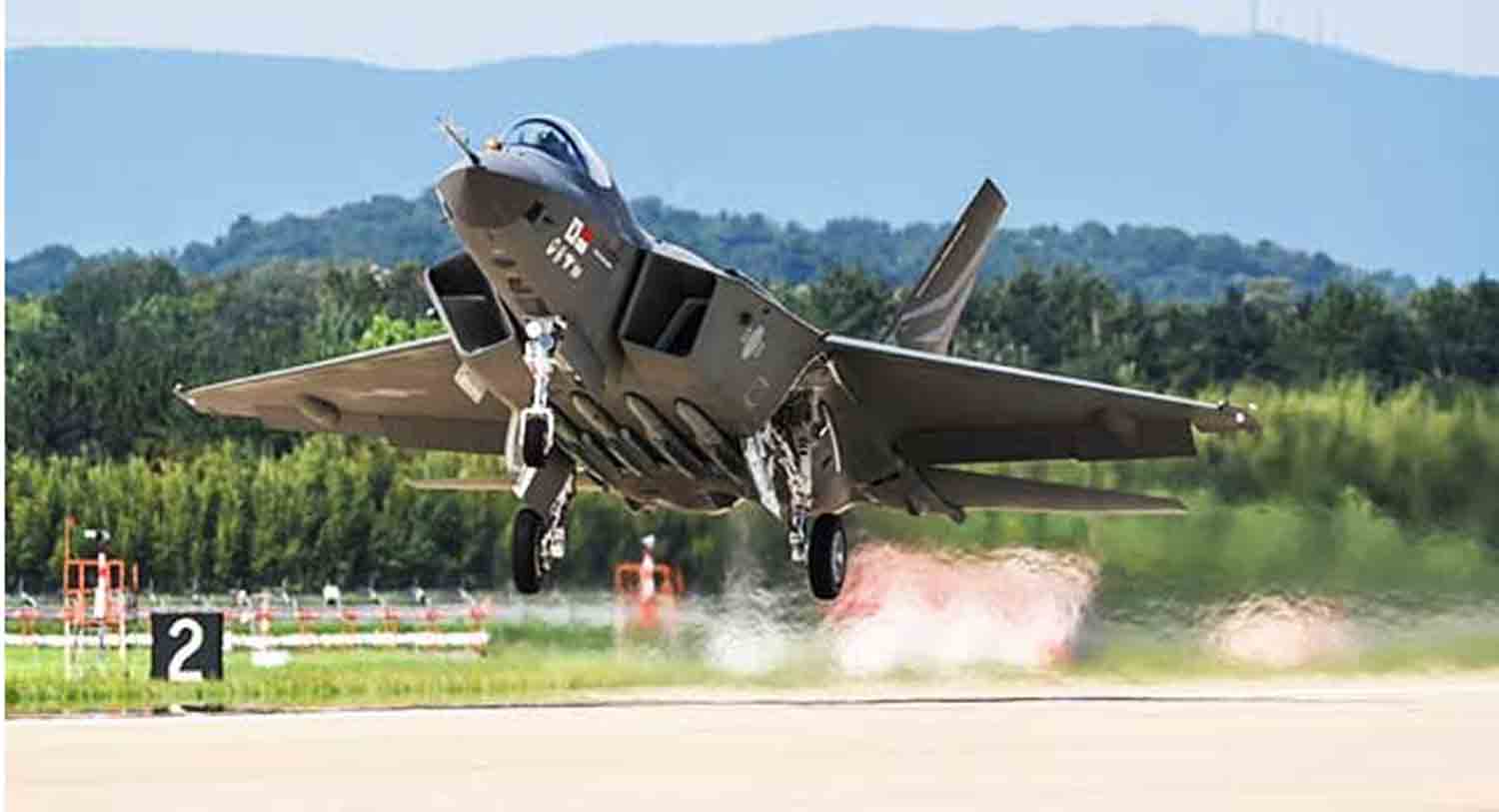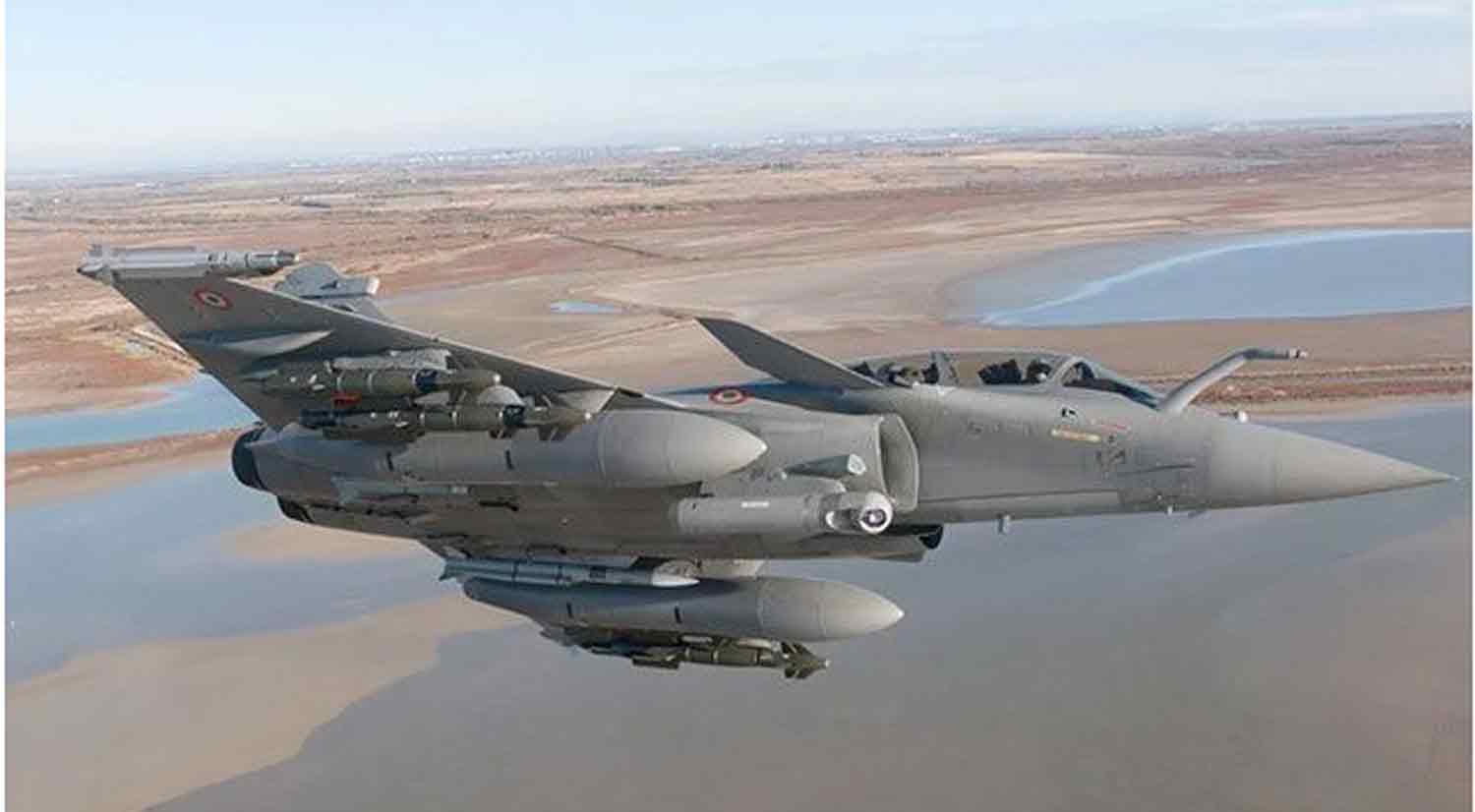The Egyptian Air Force appears to have received its initial shipment of Chinese-manufactured J-10CE fighter jets, now outfitted with sophisticated air-to-air missiles that can target adversaries beyond visual range. This information was shared by Húrin, who posted a photograph on his X profile showcasing two J-10CEs in operation.
Húrin’s update is not entirely unexpected for those closely following developments. Last year, he hinted at Egypt’s possible interest in the J-10CE, referencing an image from a Chinese defense exhibition where a fully operational export version of the J-10CE was showcased, igniting speculation about its availability to international clients like Egypt.
Egypt’s choice to procure Chinese J-10CE fighter jets signifies a notable change in its military acquisition approach, highlighting a trend towards diversifying defense partnerships away from traditional Western sources, particularly the United States.
Reports suggest that Egypt formalized an agreement with China on August 19, 2024, to acquire these advanced fourth-generation multirole fighters, referred to as the “Vigorous Dragon,” intended to replace its aging fleet of American-made F-16 Fighting Falcons.
This development positions Egypt as the second foreign buyer of the J-10C, following Pakistan, and emphasizes Cairo’s strengthening military relationship with Beijing, particularly after Egypt’s entry into the China-led BRICS bloc earlier that year.
Although the deal has not been officially confirmed by either party, it surfaced after the J-10C was prominently featured at the inaugural Egypt International Air Show in September 2024, where it conducted its first demonstration in Africa.
The J-10C, developed by Chengdu Aircraft Industry Corporation, boasts advanced capabilities, including an active electronically scanned array radar, modern avionics, and the ability to carry a range of air-to-air and air-to-ground munitions, such as the PL-10 and PL-15 missiles.
The J-10C’s design, characterized by its delta wing and canard configuration, significantly improves maneuverability and lift, positioning it as a viable competitor to Western aircraft like the F-16. Analysts highlight that the J-10C delivers enhanced combat capabilities at a more economical price point, with estimated unit costs ranging from $40 to $50 million, in contrast to the $65 to $70 million for the latest F-16 models.
Egypt’s choice to acquire Chinese jets followed its rejection of U.S. proposals to upgrade its F-16s to the F-16V standard and offers from Russia for MiG-29 fighters. This decision reflects dissatisfaction with the limitations and high expenses associated with Western suppliers.
Geopolitical factors significantly influence Egypt’s shift towards China. While Cairo has historically depended on American military assistance and equipment, maintaining one of the largest F-16 fleets in the world, these aircraft are outfitted with outdated technology and lack advanced beyond-visual-range missiles due to U.S. restrictions, which are partly a result of its alliance with Israel. In contrast, China imposes fewer political limitations on arms sales, granting Egypt enhanced operational flexibility.
This acquisition is part of Egypt’s broader initiative to modernize its air force and lessen its reliance on Western systems, a trend also reflected in its procurement of French Rafale jets and Russian MiG-29s. However, the integration of Chinese aircraft into Egypt’s varied fleet, which includes American, French, and Russian platforms, presents logistical challenges, particularly in terms of maintenance and training.
Egypt’s strengthening ties with China extend beyond military acquisitions, as demonstrated by its membership in BRICS and growing economic connections. The J-10C agreement is viewed as a strategic alignment with Beijing, which provides not only cost-effective military options but also fewer political conditions compared to Western allies.
Some analysts indicate that Egypt’s recent decision may be influenced by regional tensions, particularly concerns regarding Israeli military actions in Gaza and the necessity to uphold a credible deterrent capability.
Although the precise number of J-10C jets Egypt intends to procure has not been revealed, reports indicate an initial interest in acquiring around twelve units, with the possibility of additional orders contingent on performance and successful integration.
This development has elicited varied responses both domestically and internationally. In Egypt, some view the acquisition as a move towards enhanced military autonomy and a practical reaction to restrictions from Western nations, while others express concerns about the long-term consequences of distancing from established U.S. alliances.
On the international stage, the agreement underscores China’s growing influence in the Middle East and North Africa, posing a challenge to the supremacy of Western arms suppliers.
Critics of the prevailing narrative warn that, despite the advanced capabilities of the J-10C, reliance on Chinese technology and support may foster new dependencies, potentially complicating Egypt’s strategic independence in the future.
Nonetheless, Egypt’s procurement of the J-10CE fighter jets represents a significant advancement in its defense modernization initiatives, illustrating a multipolar approach to global military collaboration.
Egypt’s acquisition of the Chinese PL-15 beyond-visual-range air-to-air missile signifies a notable transformation in its military strategy, reflecting both its regional aspirations and the limitations imposed by Western powers.
The PL-15, an advanced long-range missile with an estimated range of up to 300 kilometers in its domestic variant, provides Egypt with a capability it has long desired but has been denied by its traditional Western partners.
Cairo’s recent decision comes in response to ongoing refusals from the United States and European countries to provide advanced air-to-air munitions, such as the AIM-120 AMRAAM and the MBDA Meteor. These refusals are largely driven by geopolitical factors and concerns regarding the regional balance of power, particularly in relation to Israel’s military superiority.
Historically, the Egyptian Air Force has operated a combination of Western and Soviet-era aircraft, including F-16s, Rafales, and MiG-29s. However, the full operational potential of these aircraft has been constrained by limitations on access to advanced weaponry.
For example, Egypt’s F-16 fleet, one of the largest globally, has been restricted to using older AIM-7 Sparrow missiles, which do not match the range and capabilities of contemporary beyond-visual-range systems.
Additionally, although Egypt has procured French Rafale jets, attempts to arm them with the Meteor missile, which has a range exceeding 100 kilometers, have reportedly faced opposition from Western nations, influenced by Israel’s desire to maintain its qualitative military edge in the region.
These limitations have placed Egypt’s air force at a strategic disadvantage, especially in scenarios that require long-range engagement capabilities against potential threats.
In contrast, China’s readiness to supply the PL-15, particularly in its export variant, the PL-15E, which has a range of approximately 145 kilometers, marks a significant shift for Egypt.
This missile, intended for use with advanced fighters like the Chengdu J-10C, which Egypt is believed to have contracted for purchase, offers Cairo a fire-and-forget capability, enabling pilots to engage targets at long distances without the need to maintain radar lock.
The PL-15E’s active radar homing and its potential resistance to electronic countermeasures enhance its effectiveness for achieving air superiority, bringing Egypt closer to parity with regional powers that possess similar advanced capabilities.
This acquisition not only strengthens Egypt’s deterrent capabilities but also indicates a shift in its arms procurement strategy, decreasing reliance on Western nations that have imposed strict conditions on military transactions.
The reluctance of Western nations to supply Egypt with equivalent beyond-visual-range missiles is rooted in a complex interplay of political and strategic considerations. The United States, Egypt’s main military supporter, allocates $1.3 billion annually in aid but has consistently refrained from providing advanced air-to-air munitions to maintain the fragile balance of power in the Middle East.
Israel, a significant ally of the U.S., has actively advocated for its air force to maintain a technological advantage, particularly through access to advanced systems such as the F-35 and AIM-120. European countries, including France and Italy, have also been pressured to restrict the capabilities of the arms they provide to Egypt, as evidenced by the exclusion of the Meteor missile from Rafale agreements and potential limitations on supplying Eurofighter Typhoons, which Egypt has expressed interest in acquiring.
These actions reflect a broader Western strategy aimed at regulating Egypt’s military capabilities to prevent regional escalation, even as Cairo endeavors to modernize its forces in response to threats from Libya, Ethiopia, and the Red Sea.
Egypt’s pivot towards China for the PL-15 and J-10C fighters highlights a growing dissatisfaction with these Western constraints and a practical approach to fulfilling its defense requirements. In contrast to the U.S. and Europe, China has shown a willingness to offer advanced systems without the political conditions typically associated with Western arms sales.
This collaboration is in line with Egypt’s overarching strategy to reduce its dependence on Western powers, echoing the diversification tactics seen during the Cold War. By incorporating Chinese missiles and aircraft into its military capabilities, Egypt not only enhances its access to advanced technology but also communicates to its Western allies the potential repercussions of their restrictive measures.
Nonetheless, this transition carries inherent risks, as it may jeopardize relations with the United States and complicate the integration of Egypt’s current Western-supplied systems.
The strategic ramifications of Egypt’s procurement of the PL-15 extend beyond its national borders, potentially altering the aerial landscape in the Middle East and North Africa. With the capability to engage targets from significant distances, Egypt could enhance its power projection in contested areas, reinforcing its position as a key player in regional security.
However, this evolution also prompts inquiries regarding the future of Egypt’s military alliances and the ongoing rivalry between Western and Chinese influence in the global arms market. As Cairo continues to balance its intricate relationships with both sides, the PL-15 symbolizes its resolve to navigate Western limitations and assert greater independence in its defense policy.
Discover more from Defence Talks | Defense News Hub, Military Updates, Security Insights
Subscribe to get the latest posts sent to your email.





